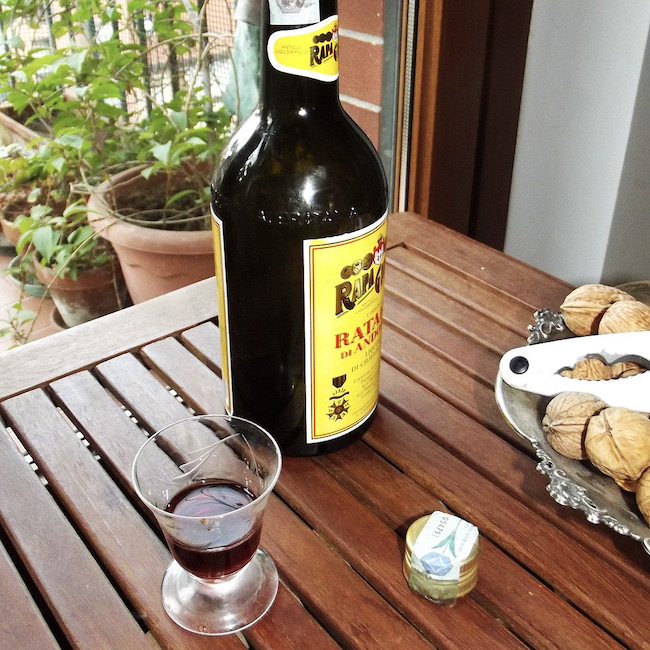.png.transform/rendition-xs/image_image%20(1).png)
Liquors
Liqueurs are characterized by their high sugar content, which gives them a compact and sweet palate. They are made using cherries, blueberries, blackberries, hawthorn, anise, mint, citrus, dairy products, etc
These foods are added to alcohol or a distillate or other spirit to flavor them. The resulting liqueur must have a minimum alcoholic strength of 15% vol. and only natural or food-identical substances and flavorings may be added. It is their versatility that makes them a common ingredient in cocktails, cooking, and baking, not to mention enjoying them on their own, with ice, or mixed with soft drinks.
Types of liqueurs
In Europe, there are different categories of liqueurs according to their particular elaboration: fruit liqueurs, herbal liqueurs, egg liqueurs, guignolet, sambuca, maraschino, and more. In cases where the sugar content is equal to or higher than 250 grams per liter, we call these cream liqueurs. A direct consequence of the variety is also the many geographical indications recognized for this type of product, especially in Germany, Italy, Austria, France and, of course, Spain. In Spain, the consumer can opt for the invigorating personality of Palo from the island of Mallorca, made with cinchona and gentian; or for the complex Catalan Ratafía, made with a mixture of different fruits, herbs, and spices; or perhaps for the velvety palate of Cantueso from Alicante, whose wild personality comes from the thyme native to the same area; or also for the liqueurs from Galicia, whose raw materials can be coffee or characteristic herbs and which are often drank at the end of meals.

History of liqueurs
We can associate the history of this category of beverages to the birth of spirits in the 13th century and, in particular, to the need to lend them a sweeter taste by adding sugar. They were easier to drink and therefore suitable for a wider variety of consumers, especially when the objective was to incentivize or make more attractive the medicinal use given to many of the spirits of the time.
Catalan Ratafía, Cantueso from Alicante or Licor Café from Galicia are good examples of Spanish liqueurs.
